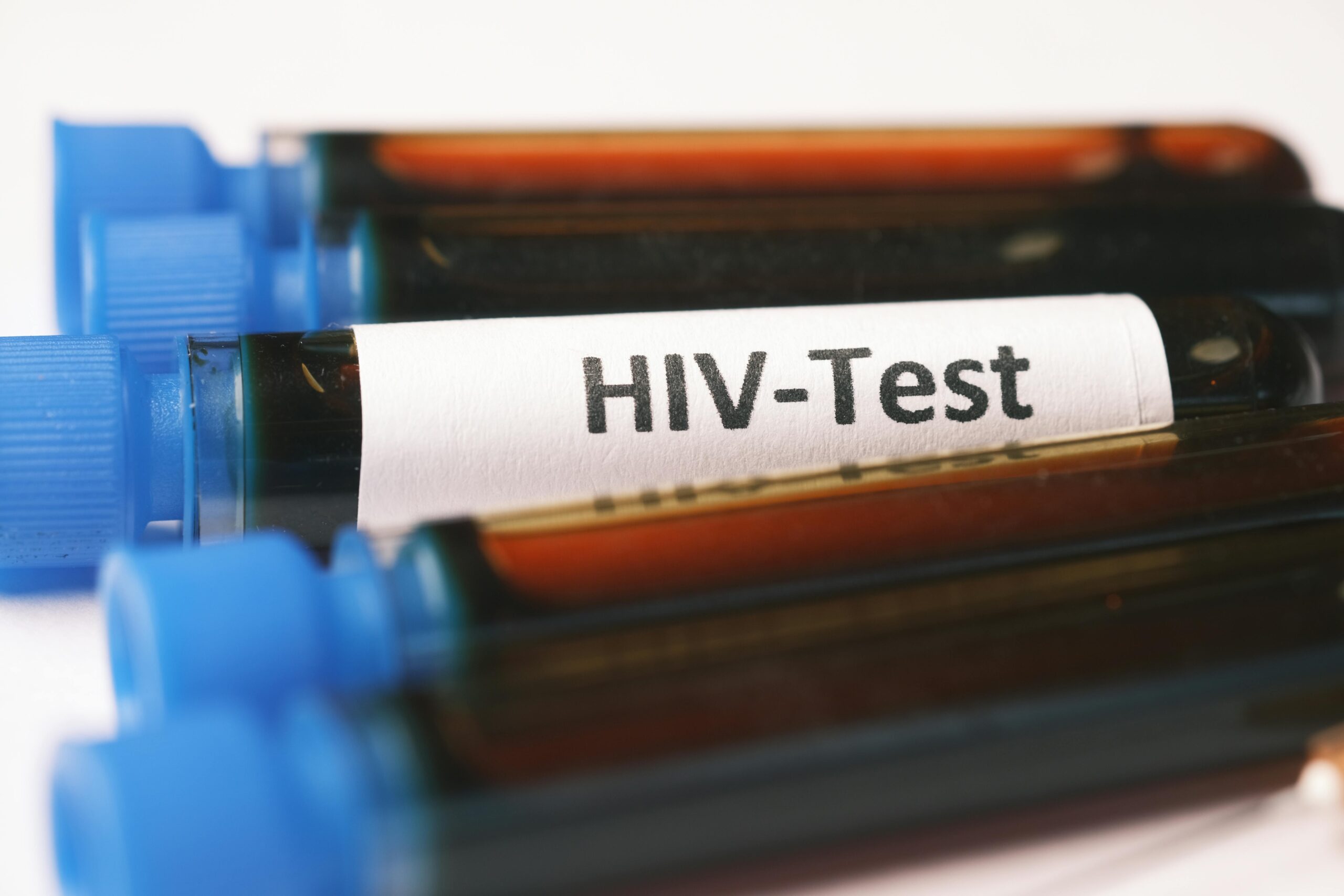|
Getting your Trinity Audio player ready...
|
By Omboki Monayo
Nairobi, Kenya: A groundbreaking HIV prevention method requiring just one or two injections per year could soon transform the global fight against AIDS, scientists announced this week at a major medical conference in San Francisco. The breakthrough arrives as Kenya and other African nations grapple with persistently high infection rates despite significant treatment advancements.
Researchers presented compelling evidence that an experimental drug, lenacapavir, can maintain protective levels in the body for up to twelve months when administered in high doses. The antiretroviral medication works by preventing HIV from replicating.

For millions worldwide—particularly those who struggle with daily pill regimens—this innovation could be a turning point in HIV/AIDS prevention. The promise extends beyond prevention: new long-acting treatments for people living with HIV have proven just as effective as daily medication, offering hope for a future where the virus is no longer a life sentence.
From year-long prevention shots to dual-purpose implants that block HIV and pregnancy, these advancements could revolutionize global health.
Eliminating the Daily Pill Challenge
A key hurdle in HIV prevention has been ensuring consistent adherence to daily pills. Early trials involving 40 adults showed the injections were safe, with only mild side effects like temporary injection-site pain.
“This is potentially game-changing,” said Dr. Renu Singh of Gilead Sciences, the pharmaceutical company developing lenacapavir. “For vulnerable populations—especially young women and those in remote areas—this long-acting option could dramatically improve prevention efforts.”
The timing is critical for Kenya, which ranks second in Africa and eighth globally in adult HIV prevalence.
Kenya’s Progress and Persistent Gaps
Current data reveals both strides and challenges:
- 95% of HIV-positive Kenyans know their status.
- 97% of diagnosed individuals are on treatment.
Yet, women bear the brunt of new infections, accounting for nearly two-thirds of the 16,752 cases recorded last year. AIDS-related deaths totaled 20,480, including 2,607 children, according to Kenya’s National Syndemic Disease Control Council (NSDCC).
Teens Included in Trials—A Shift in Approach
In a departure from standard practice, researchers successfully tested the prevention drug in adolescents aged 16–17—a group often excluded from trials despite high HIV risk.
A South Africa and Uganda study of 124 teens recorded zero infections among participants receiving either the injection or standard prevention pills.
“Ethical inclusion in research is a form of protection,” explained Dr. Katherine Gill of the Desmond Tutu HIV Centre. “Excluding adolescents delays their access to life-saving interventions.”
The conference also highlighted an experimental implant—matchstick-sized—that could address HIV prevention and contraception simultaneously. Developed at the University of North Carolina, the device releases an HIV prevention drug and contraceptive hormones. Animal trials showed six months of protection against HIV and pregnancy; human trials are expected soon.
For those already living with HIV, bi-monthly injections proved as effective as daily pills.
Dr. Cissy Kityo of Uganda’s Joint Clinical Research Centre reported 97% viral suppression in participants receiving long-acting injectable treatment—matching oral medication results.
Affordability and Access Remain Hurdles
Despite the promise, challenges loom. Current injectable treatments cost nearly ten times more than standard pills, raising concerns about accessibility in low-resource settings. Health advocates urge governments and donors to prioritize funding.
Mitchell Warren of AVAC, a global health advocacy group, emphasized that the study proves long-acting treatments can work in resource-limited settings. However, he warned that PEPFAR budget cuts could hinder access.
“The science is clear—now policymakers must act,” Warren said. “Do they see the value in prioritizing these treatments?”
As the world marks over four decades since the first AIDS cases, these advances offer renewed hope—but their impact hinges on equitable access and political will.














